Hydrogen trains (hydrail) are coming around the bend slowly but surely. When gleaned from clean sources, hydrogen is a very green, environmentally friendly source of power transmission that contributes no harmful emissions and is virtually limitless as a source of energy storage and transport. Thanks to continual advances, hydrogen is now being used in fuel cells that power vehicles and may revolutionize the car industry.
Hydrogen is not limited to cars. It is used to power several types of land vehicles, including trains, and marine vessels as well. Hydrail is the latest advancement when it comes to transporting passengers via rail. It’s also been demonstrated as a traction system for freight switching.
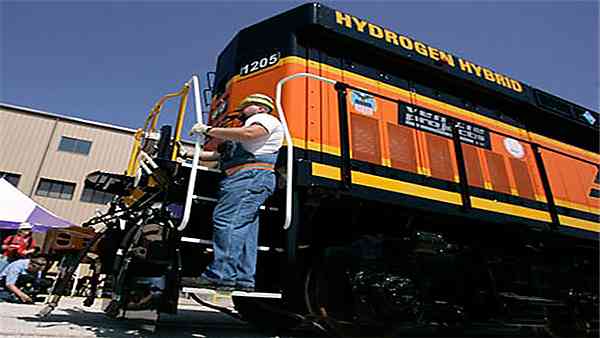
What is Hydrail?
Hydrail (hydrogen rail) is a term coined to describe all vehicles that travel by rail, both large and small, and which use onboard hydrogen to store and deliver their traction energy. The hydrogen is converted inside fuel cells to electrical energy by combining with oxygen from the surrounding air. The fuel cells’ electric output is used to power electric traction motors, just as diesel generators power diesel locomotives.
Hydrail is considered the centerpiece of the hydrogen revolution when it comes to large-scale transportation. Today, hydrail is in the early deployment but is already being used in early applications in China, Dubai and Aruba. Between 2016 and 2020 Germany will deploy a fleet of forty regional hydrail trains. Transit applications—streetcars and trams—have been the first deployed. Commuter passenger, freight, light rail and—eventually—high speed rail and local freight are considered viable uses this for hydrail technology.
Hydrogen is a very versatile means of energy transport as it introduces no air pollution and yet has enough energy to power road and rail vehicles for long distances. Hydrogen fuel cells have powered NASA’s electrical systems since the Apollo moon flights but only recently have they become light and efficient enough for commercial use in road and rail vehicles.
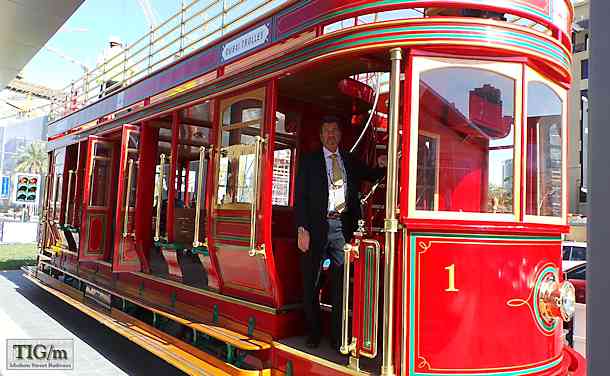
The History of Hydrail
While hydrogen power was contemplated for rail use as early as the late 1990s, the actual term “hydrail” was not coined until February 17th, 2004 by Stan Thompson in the International Journal of Hydrogen Energy (“The Mooresville hydrail initiative”). It was conceived as a search engine target word that technicians and scholars could use in collaborating on application of the technology to rail use.
Since that time, fuel cells have developed at a steady pace. The use of hydrogen in rail systems seems a natural as trains are point-to-point applications, making the siting of fueling stations much simpler than for wandering road vehicles. In fact, public transportation was always considered a first-step in the hydrogen power process and rail transportation is the simplest possible application.
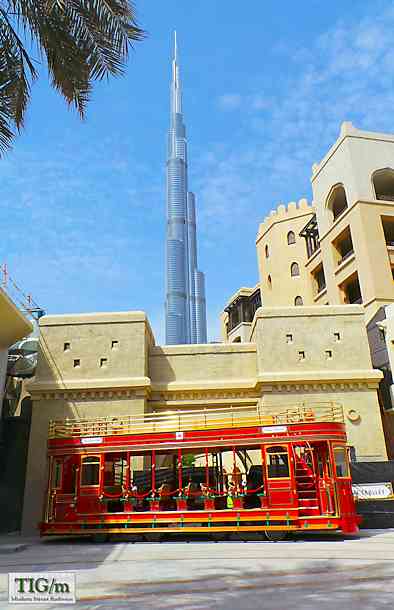
Hydrail Trams and Streetcars
Streetcars (or “trams,” as they are often called in other countries) are the optimum size for hydrail application and they have been the first to appear commercially. Hydrail streetcars need only passive rails in the street so there’s no corrosive or other interference with buried utility plant beneath them.
Most important, while the tram vehicles may cost marginally more than externally powered trolleys do, they compensate many times over by eliminating as much as ten million dollars per mile from construction costs. Utility superstructure maintenance is eliminated entirely and, with no trolley gear, bridges (and the approaches to them) can be designed a few feet lower—a major cost reduction.
Public objections to the trolley’s shock hazards, visual urban pollution and interference with tree canopies don’t apply to hydrail transit. In almost city centers, communications and power line have been buried for decades; hydrail completes the city-scape overhead clean-up job.
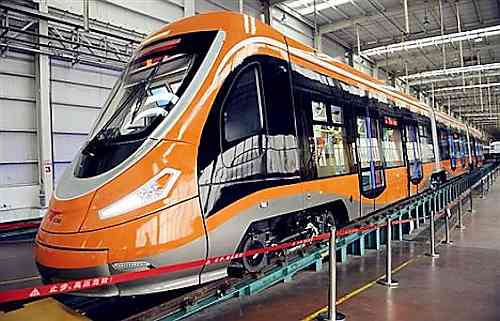
The Future of Hydrail Systems
While arguably hydrail is a little behind the auto industry which is pushing new hydrogen fuel cell vehicles in recent years, it’s being built right now in countries such as China and Germany which have taken the lead in using this technology.
By the year 2020, Germany—where two prototype hydrail trains are being constructed—will have about 40 fuel-cell powered passenger multiple units in commercial service, running on regional lines. This is due to an accord signed at the InnoTrans trade show on September 24, 2014. For many, this represents the first real foray into hydrail technology that will hopefully spread across Europe over the next decade.
There are several reasons why interest in the hydrail system is picking up steam, most notably because, as a storage medium, it allows use of environmentally clean but intermittent sources of energy such as wind and hydroelectric.
However, there are other reasons that also make this form of energy attractive to all countries around the world. Here in the United States less than one percent of rail tracks are electrified. At ten million dollars or more per mile, the odds that much more ever will be wired seem negligible so, if rail is ever to be weaned off carbon fuels, hydrail may be the only option.
One of the biggest concerns about derailments is the spillage of fossil locomotive fuels and potential ignition that may occur, creating a disaster in case of an accident. However, hydrail technology is far safer because the light fuel and fire would rise rapidly away from a wreck rather than spreading under it.
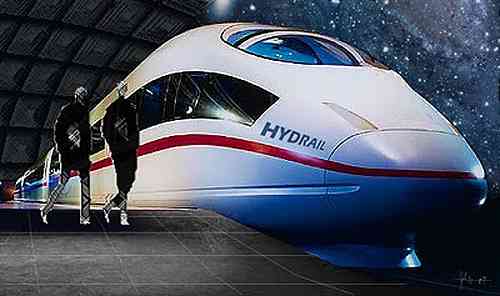
Another contention is that salt water flooding of the type seen during Hurricane Sandy would not have as great an impact on subway systems as compared to the current use of electricity which is heavily disrupted. Instead, hydrail subways might be able to move through very low levels of salt water flooding.
While it is true that hydrogen fuel cell containers are pressurized, they have proven to be very impact resistant under all types of conditions. Basically, this means that whatever force is present to crack open a pressurized hydrogen fuel cell is also enough to do far more damage on its own. In addition, hydrogen leaks dissipate quickly straight up into the air and don’t pool beneath like diesel fuel.
Overall, hydrail has been spreading to Asia and Europe and is starting to make headway in America as well. The International Hydrail Conferences, chaired by Stan Thompson, held their first meeting in 2005 in Charlotte, NC, and the momentum continues to grow. Besides the US, the annual Conferences have been held in Canada, Denmark, Germany, Spain, Turkey and the United Kingdom.
Photo Credits: Pictured above are hydrail streetcars in Dubai, courtesy TIG/m except as otherwise specified; Credit also goes to Vehicle Projects Inc. and BNSF Railway as specified above. In addition, credit goes to the International Hydrail Conference as specified above. Credit also goes to New China TV for the Chinese hydrogen tram photo.
Special Thanks: A special thanks goes out to Stan Thompson and Brad Read for collaborating on this article.
Relevant Links
International Hydrail Conference – http://hydrail.org/
China hydrogen-powered tram video – https://youtu.be/o9QAV_orYsc
Hydrail Category from this website – https://www.hydrogencarsnow.com/index.php/category/hydrail/
Articles about Hydrolley from this website – https://www.hydrogencarsnow.com/?s=hydrolley
TIG/M Hydrail info – http://www.tig-m.com/hydrogen.html
Japan’s JR East Hydrogen Train – https://www.hydrogencarsnow.com/index.php/hydrail/jr-east-demonstrates-worlds-first-commuter-hydrogen-train/
Hydrail in Germany – https://www.hydrogencarsnow.com/index.php/hydrogen-vehicles/hydrail-in-germany-another-welcome-first/